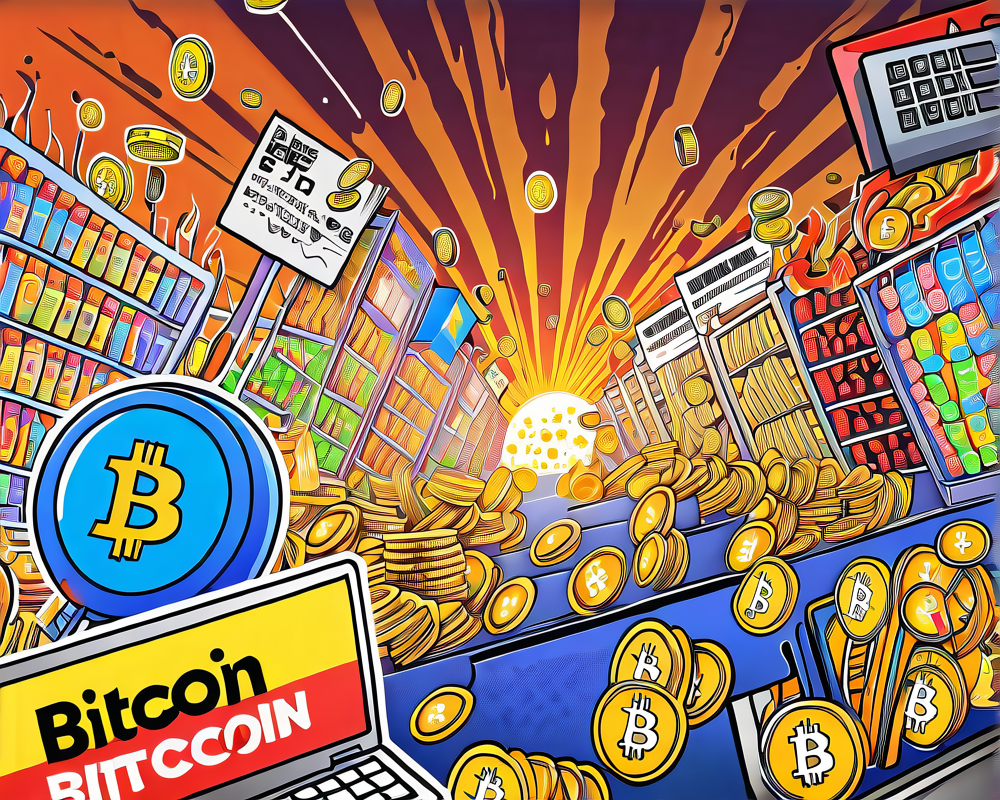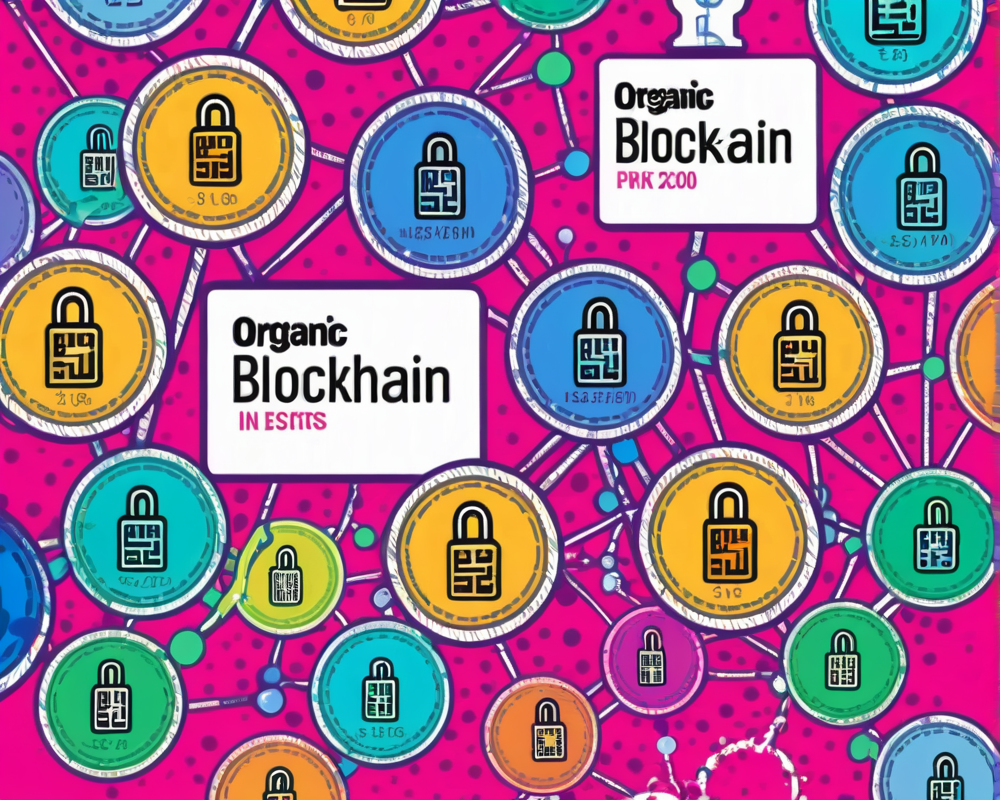Understanding Section 230: The Backbone of Modern Social Media
Section 230 of the Communications Decency Act has been the unsung hero of the internet since 1996. It allows platforms to host user-generated content without facing legal repercussions for what users say. Imagine a party where everyone is loudly proclaiming their wildest stories, and only the host can dance on the tables without fear of being held accountable for the noise!
The Supreme Court Showdown
This term, the Supreme Court is tackling Gonzalez v. Google, which may change our online landscape dramatically. The case revolves around a tragic incident where an individual claims that YouTube’s algorithms contributed to promoting extremist content, ultimately leading to a devastating attack. If the court decides to dismantle 230, platforms may face a legal avalanche that’s downright terrifying.
What’s at Stake?
- Content Review Delays: Picture a world where every cat video takes weeks to be approved. Exciting, right?
- Legal Liability: Social media companies might find themselves staring at lawsuits for every pixel of posted content, from memes to misquotes.
A Global Perspective
The reverberations of this case won’t be confined to the U.S. Other countries are already experimenting with regulations to keep the digital playground a little less chaotic. France, for example, is pushing manufacturers to implement parental controls, and the UK has found Instagram guilty of indirectly affecting the mental health of its users. It’s a slippery slope, and many nations are starting to slip on it!
Potential Outcomes: The Good, the Bad, and the Ugly
If Section 230 is winded up like a tight spring, what could happen next?
The Good:
New technologies like blockchain could be the safety net we didn’t realize we needed. By verifying identities without compromising personal data, we can step into a digital era where you know exactly who you’re chatting with—hopefully, it’s not your high school nemesis.
The Bad:
The potential for censorship could rise. Platforms may overreact, removing content left and right in a bid to avoid legal trouble. So, say goodbye to that ‘remember when’ nostalgia post of embarrassing teen photos!
The Ugly:
Emerging legal challenges could burden smaller platforms, making it harder for new voices to be heard. Eventually, we all might sit around reminiscing about the good ol’ days of social media freedom.
Looking Ahead: A Digital Mormon Tabernacle Choir?
This pivotal moment presents both a fear of losing what we know and a golden opportunity to rewire our online experience. With innovative tech like Soulbound Tokens and Decentralized Identifiers, we could see a refined approach to identity verification. Our digital lives could become as structured as our physical ones, but with far more fun hashtags!
Conclusion: Embracing Change for a Better Tomorrow
As we stand on the brink of an internet overhaul, it’s essential to recognize the balance between privacy and security. Handling misinformation and protecting individuals’ rights does not have to be like choosing between broccoli and chocolate — it’s entirely possible to have both! The end of Section 230 can act as a wake-up call for a brighter, safer internet future.




